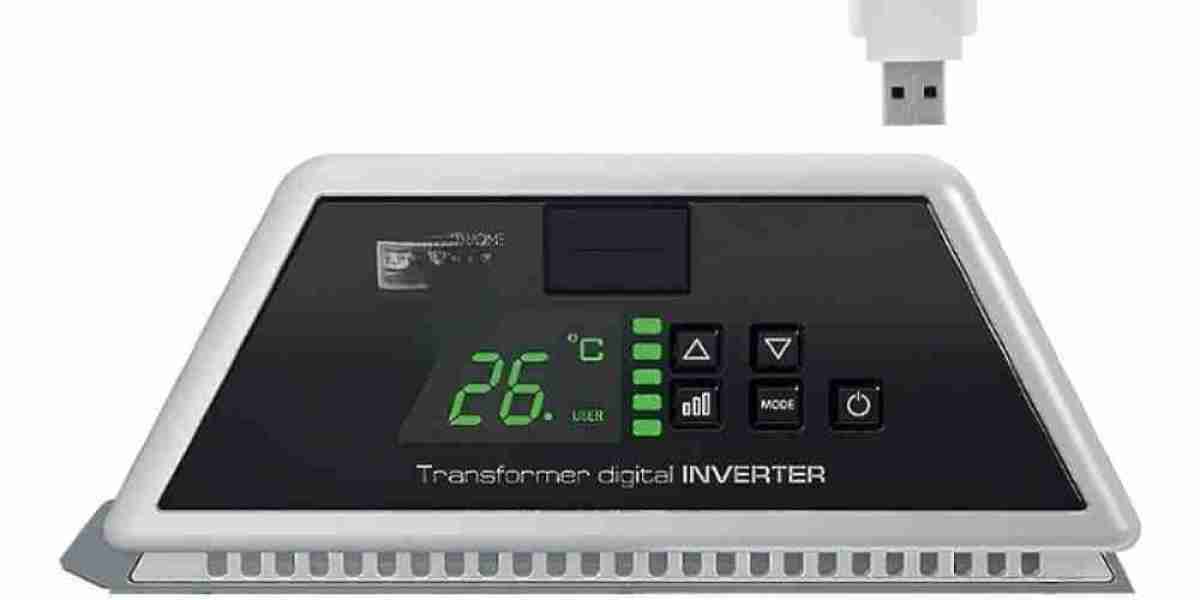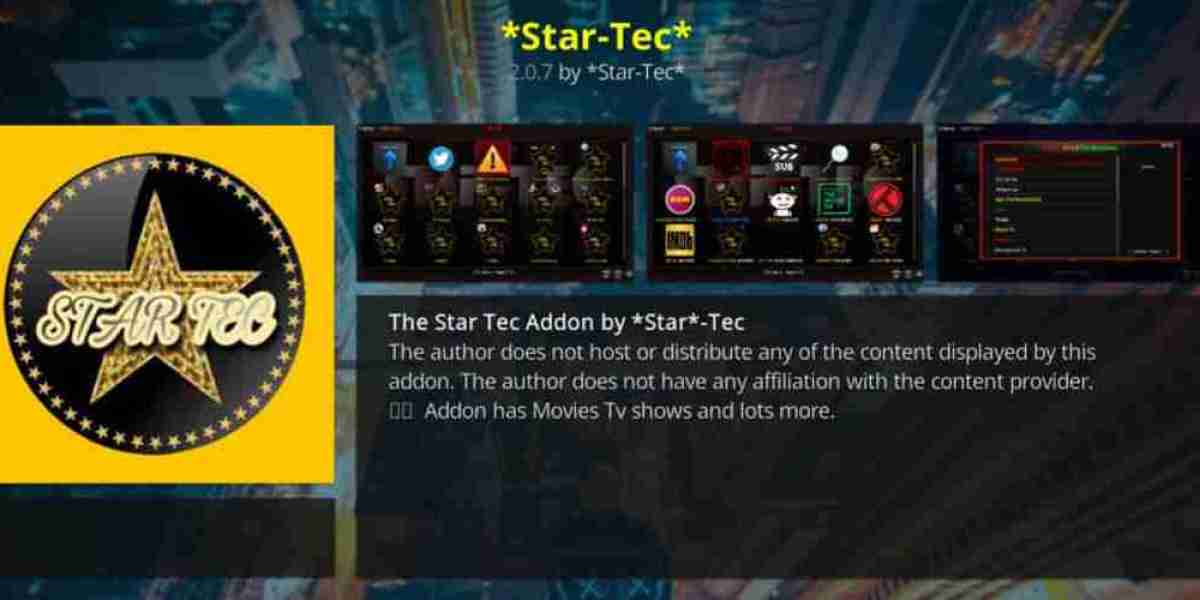The digital inverter market has been experiencing significant developments as technology advances, industries evolve, and sustainability initiatives take center stage. Digital inverters, which convert direct current (DC) into alternating current (AC) with precise control, are critical components in a wide range of applications—from consumer electronics and home appliances to electric vehicles and renewable energy systems.
The pace and nature of these developments reveal how the market is adapting to meet new demands for efficiency, reliability, and smart energy management. This article explores key digital inverter market developments, analyzing the technological breakthroughs, expanding use cases, and regulatory drivers influencing growth worldwide.
Advancements in Semiconductor Technology Boost Inverter Performance
One of the most impactful developments in the digital inverter market is the adoption of advanced semiconductor materials such as gallium nitride (GaN) and silicon carbide (SiC). These wide bandgap semiconductors allow inverters to operate at higher frequencies with lower power losses and better heat dissipation compared to traditional silicon-based components.
This technological leap is enabling the design of smaller, lighter, and more efficient inverters, which is especially important for applications like electric vehicles (EVs) and portable electronics. Manufacturers are increasingly integrating GaN and SiC devices into their products, driving improved energy efficiency and enhancing device longevity.
Integration of Smart Features and IoT Connectivity
The evolution of digital inverters is also characterized by the incorporation of intelligent features enabled by microcontrollers, sensors, and IoT connectivity. Modern digital inverters now come equipped with capabilities such as real-time monitoring, adaptive control, fault detection, and remote diagnostics.
These smart features enhance operational reliability and reduce maintenance costs by allowing predictive upkeep and remote troubleshooting. In grid-tied renewable energy installations, such as solar power systems, smart digital inverters help optimize energy flow, ensure grid compliance, and facilitate two-way communication between the energy source and utility providers.
Expansion of Renewable Energy Applications
The growing global emphasis on renewable energy has been a key driver of developments in the digital inverter market. As countries aim to reduce their carbon footprint, investments in solar, wind, and hybrid energy systems are expanding rapidly.
Digital inverters play a crucial role in converting and managing renewable energy outputs. Recent developments include improvements in maximum power point tracking (MPPT) algorithms, which increase the energy harvested from solar panels even under fluctuating conditions. Additionally, hybrid inverter technologies combining battery storage management with energy conversion are becoming more prevalent, supporting grid stability and energy independence.
Growth in Electric Vehicle Sector Fuels Market Innovation
Electric vehicles continue to reshape the automotive industry, and digital inverters are at the heart of this transformation. Inverters in EVs manage the power conversion between the battery and electric motor, impacting vehicle efficiency, acceleration, and regenerative braking.
Recent developments in this segment include inverters with higher power densities, faster switching speeds, and improved thermal management. These improvements extend vehicle range and performance while reducing weight and size, directly influencing consumer acceptance of EV technology.
Increasing Adoption in Industrial Automation and HVAC Systems
Digital inverters are widely used in industrial automation to control motors in manufacturing processes, conveyor belts, pumps, and compressors. The demand for precision, energy savings, and reduced downtime has pushed companies to adopt advanced inverter solutions.
Developments in variable frequency drives (VFDs), which rely on digital inverters, include enhanced harmonic mitigation, better electromagnetic compatibility, and integration with industrial communication protocols. These improvements enable smoother motor control and greater operational flexibility.
In the HVAC sector, inverter-driven compressors improve energy efficiency and comfort by adjusting motor speed to real-time cooling or heating requirements rather than operating at a constant speed. This approach reduces power consumption and noise levels, making inverter technology highly desirable for residential and commercial HVAC systems.
Regulatory and Policy Influences
Government regulations and standards aimed at reducing energy consumption and greenhouse gas emissions have been instrumental in shaping digital inverter market developments. Energy efficiency mandates for appliances, industrial equipment, and electric vehicles encourage manufacturers to innovate and adopt inverter technologies.
In many regions, incentives and subsidies for renewable energy adoption and electric vehicles further stimulate market growth. Compliance with international standards such as IEEE 1547 for grid interconnection is pushing inverter manufacturers to enhance product functionality and reliability.
Regional Market Developments and Emerging Opportunities
The Asia-Pacific region continues to lead in digital inverter market growth due to rapid industrialization, urbanization, and strong renewable energy policies in countries like China, India, and Japan. Major manufacturers headquartered in this region are at the forefront of innovation and mass production.
North America and Europe are focusing on integrating smart grid technologies, upgrading existing infrastructure, and promoting electric mobility. Emerging markets in Latin America, Africa, and the Middle East present untapped potential as they invest in electrification and renewable energy projects.
Challenges and Future Outlook
Despite encouraging developments, challenges remain for the digital inverter market. High costs of advanced materials, technical complexity, and cybersecurity risks associated with connected inverters must be addressed. Additionally, supply chain disruptions and the need for skilled workforce pose hurdles for some manufacturers.
Nevertheless, the outlook for the digital inverter market remains positive. Continuous research, increasing adoption across diverse sectors, and supportive government policies are expected to drive further developments. Innovations aimed at reducing costs, enhancing integration, and improving performance will define the market trajectory in the coming years.
Conclusion
Recent developments in the digital inverter market reflect a dynamic industry responding to technological progress, environmental concerns, and evolving application needs. With advancements in semiconductor technology, smart features, renewable energy integration, and electric vehicle applications, digital inverters are becoming more efficient, intelligent, and versatile. These trends, coupled with supportive policies and growing global demand, position the digital inverter market for sustained growth and innovation in the foreseeable future.




